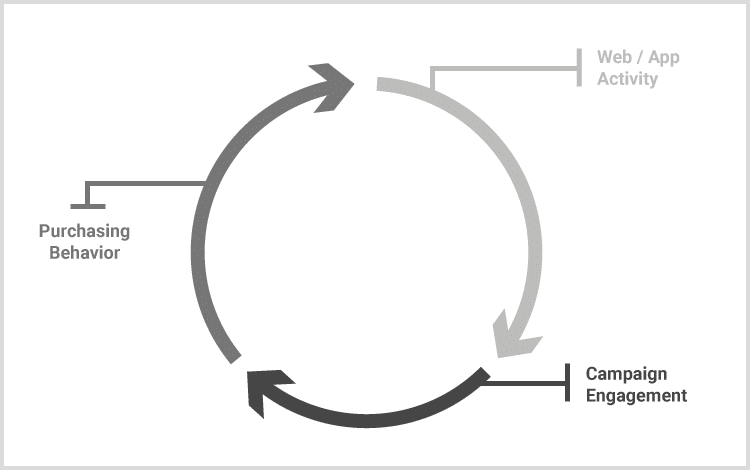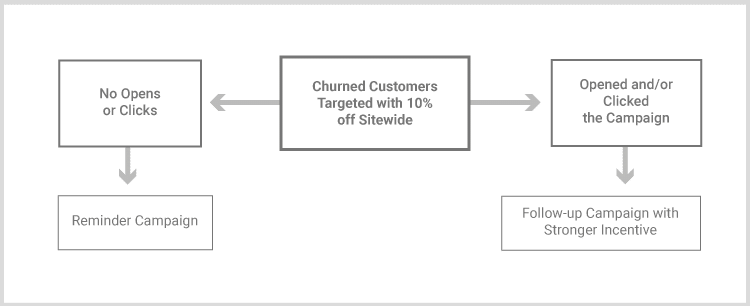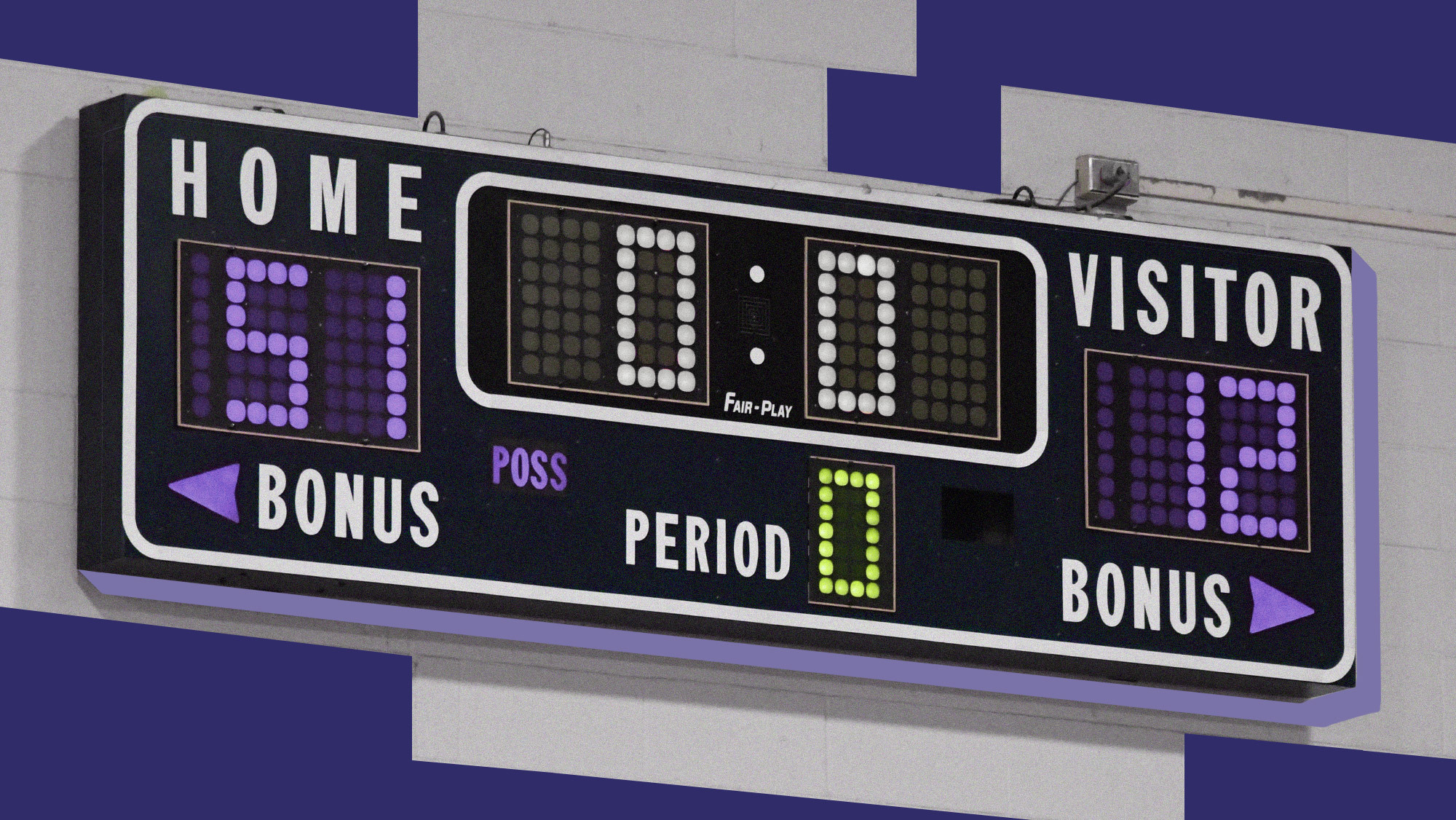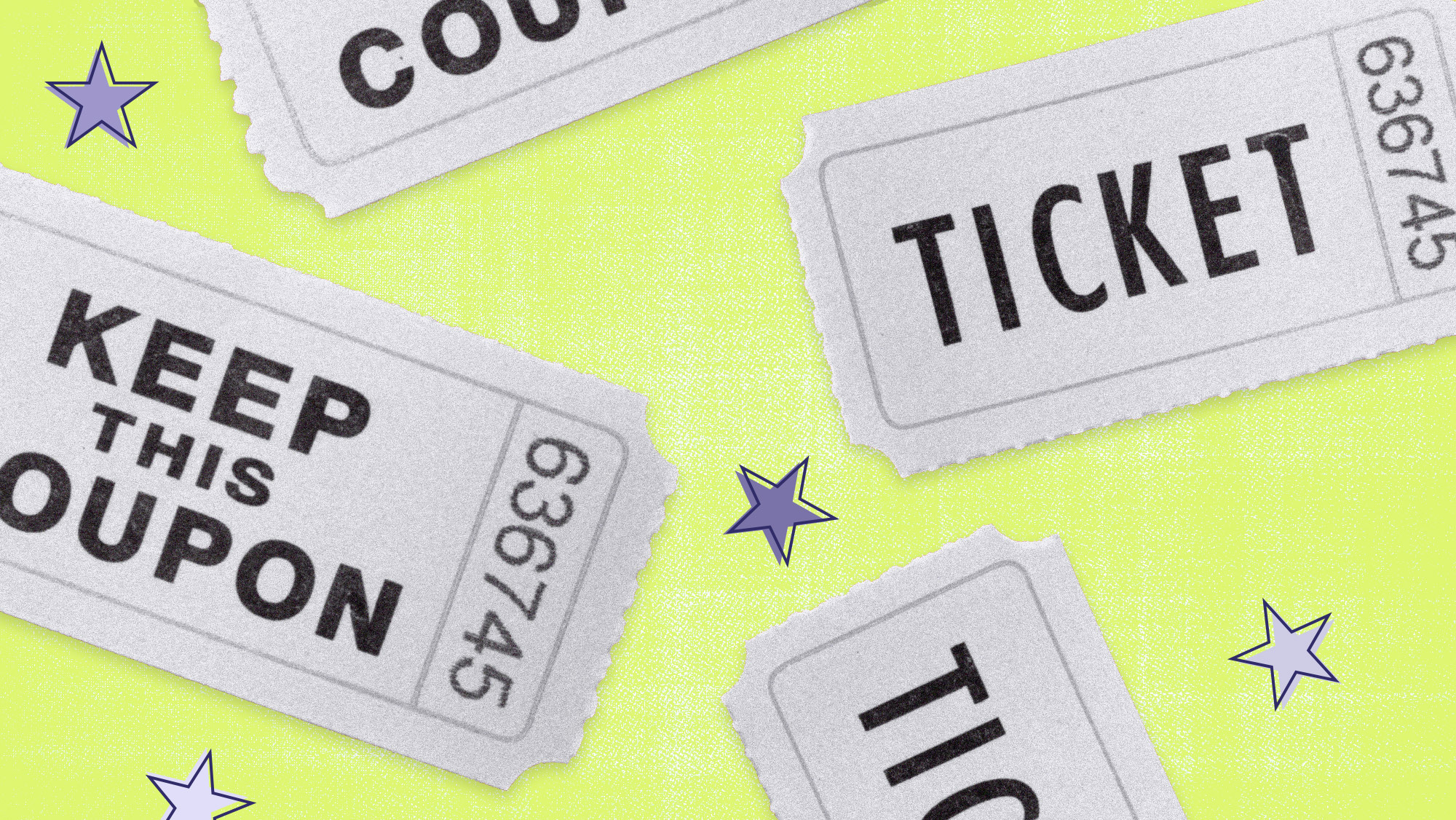
AI and the Retail Marketer’s Future
How AI transforms strategy and processes, driving the adoption of Positionless Marketing
Exclusive Forrester Report on AI in Marketing

Let’s talk owls for a second… Did you know that owls can’t move their eyeballs? It’s because owls don’t have eyeballs at all. Instead, their eyes are shaped like tubes, held rigidly in place by bones.
Since owls can’t roll their eyes around the way we do, they have to move their entire head to get a good look around. They frequently twist their head and “bob and weave” to expand their field of view. Owls can turn their necks almost 360° in either direction and 90° up-and-down without moving their shoulders.
This flexible movement along with their enormous eyes, binocular vision and ability to hunt in the dark (when they are invisible to their prey) makes owls some of the most efficient night hunters on the planet.
So how does this tie back to marketing? I’m not suggesting that you think of your customers as prey and hunt them during the night, however, I do suggest positioning yourselves as marketers with a 360° view of what your customers are doing before defining your marketing strategy.
Most marketers are turning the necessary corners and understand that today’s consumers expect brands to anticipate their needs, understand their preferences and only send them relevant offers and communications. Smart marketers need to “use” the consumers’ expectation to their advantage, tying together all aspects of a consumer's behavior into one beautiful personalized journey, or to be more precise, infinite journeys.
What is this 360° view constructed of?

On an analysis front, any of the above variables can be mounted together and analyzed to understand a customer’s behavior. Is a specific customer more inclined to purchase one type of item online and another in store? Can we identify strong cross-selling opportunities if a customer is only purchasing from a certain department but viewing items from another? If a customer is clicking through a campaign, adding an item to cart but not purchasing - this shouldn't be viewed as a loss, but rather an opportunity to understand what additional incentive the customer may need to complete his purchase.
The more variables we can utilize in creating our customer journeys, the more personalized we can get as marketers – hitting the exact spot that will bring our customer to not only make a purchase but fulfill their purchasing potential.
Let’s take a few cases that can help us understand the usage of the above variables:
1. Churned Customers:
a. Purchase activity variable would show that these customers have not purchased for a long time (i.e: in the past year) and are considered churned with a low likelihood of reactivation.
b. Web / App Activity – These customers are active on your website and/or app.
The idea is to identify these customers as “currently interested” because they are actively searching through the site rather than “previously interested” because they have not made a purchase in over a year. It would be up to the marketer to decide what level of communication they would want to include in their campaigns – for example target customers based on past purchases (including items from departments that the customer has previously purchased from) recent products/departments viewed online or web (items that we know the customer is interested in today) or just a generic “10% off just for you” (to all active churned customers) – all viable options and are relatively easy to implement with the relevant systems.
If we want to take this campaign a step further, we can add in the campaign engagement variable. Let’s say that after we sent out our campaign:
• Customer A has opened and clicked through to the website but has not completed a purchase. Our follow-up campaign would most likely include a bit of a stronger incentive since we know that the customer is indeed interested.
• Customer B has neither opened nor clicked the email. He/she may not have seen the email or may have ignored it. Our follow up campaign would most likely be either a reminder campaign (give our customer a 2nd chance to view the email) or a slightly different campaign that might appeal to the customer more in terms of content and graphics (different subject line / different template, etc).

2. One Timers:
a. Purchase activity variable would show that these customers only made one purchase. Consider how many days passed since their purchase. This will determine if they should be regarded as potential or at risk of being one-timers. If a customer completed their 1st order 10 days ago and we are seeing that the average customer places their 2nd order after 30 days, this customer should not yet be regarded as a potential one-timer, but rather a new customer who probably deserves a welcome series of campaigns.
b. Web / App Activity – Are these customers currently active on your website and/or app? Before they became customers, what items were they searching for?
The problem with customers who only purchase once is that the visibility into their line of preferences is extremely limited. The more items they purchase, the more we can personalize our campaigns and our strategy, nudging them to make that second purchase. By adding the variable of web activity even before they became customers, we can identify if they searched for any items/products/categories that didn’t end up in their final cart – thus enabling us to get a more inclusive view of what their preferences are and targeting them with cross-selling campaigns that they are more likely to respond to. In the same manner, we can utilize any current online or app activity to achieve the same results for cross-selling only relevant items.
3. Active Customers:
The same methods for cross-selling that we saw above can be used for determining up-selling opportunities. If a customer is formally purchasing items that average between $10-$20, but now is viewing items that sell for $30-$40, this is a clear invitation for marketers to send out an up-selling campaign that includes items/products that cost a bit more than what the customer is used to paying.
That being said, I wouldn’t recommend up-selling campaigns for inactive customers since our goal with them is to convert/reactivate them. First, let’s get them to start purchasing, then we can get them to start purchasing at a higher AOV.
One more aspect of cross-selling is the platform:
• Where are customers purchasing vs. where are they looking? Customers who purchase only in brick & mortar but are active online or in-app – should receive an incentive to complete a purchase online or in-app. The more platforms they become comfortable purchasing through, the higher the probability that they will make more purchases.
• What items are they purchasing on each platform? If a customer’s purchasing activity shows that they purchase shirts online but pants in store – your marketing campaigns should be personalized accordingly. Don’t send a customer 20% off all pants online because you know that this customer prefers to try on the pants before buying them. These campaigns might actually have a negative effect on your customer if they feel like they can’t get the discount just because they don’t buy pants online…
4. Multi-Channel Campaign/Most Effective Channel – taken to the next level…
We all know the effectiveness of multi-channel campaigns and the need for increased visibility. Have you considered, however, that not every customer reacts the same manner to every channel?
a. Purchase activity variable shows what channel each customer is purchasing through. Online, in Store, in App?
b. Campaign engagement shows which channels are most effective for each specific customer.
There may be a customer who only responds to push notifications because all of their purchases are done in-app. Or, a customer who responds best when they are targeted with both email and SMS. The idea here is to enable the marketer to target each customer only through the most relevant channel(s) based on responses to campaigns and purchase activity that we see from each customer individually.
In conclusion: if you can take all of the data points and variables that you have as a marketer and combine them together into one holistic view of what your customers are doing now and what they did in the past – you can ensure personalization, relevance, and effectiveness of your campaigns. Oh yeah… and save a lot of money by not sending promotions when they aren’t really necessary.
Exclusive Forrester Report on AI in Marketing
In this proprietary Forrester report, learn how global marketers use AI and Positionless Marketing to streamline workflows and increase relevance.


Rony Vexelman is Optimove’s VP of Marketing. Rony leads Optimove’s marketing strategy across regions and industries.
Previously, Rony was Optimove's Director of Product Marketing leading product releases, customer marketing efforts and analyst relations. Rony holds a BA in Business Administration and Sociology from Tel Aviv University and an MBA from UCLA Anderson School of Management.


